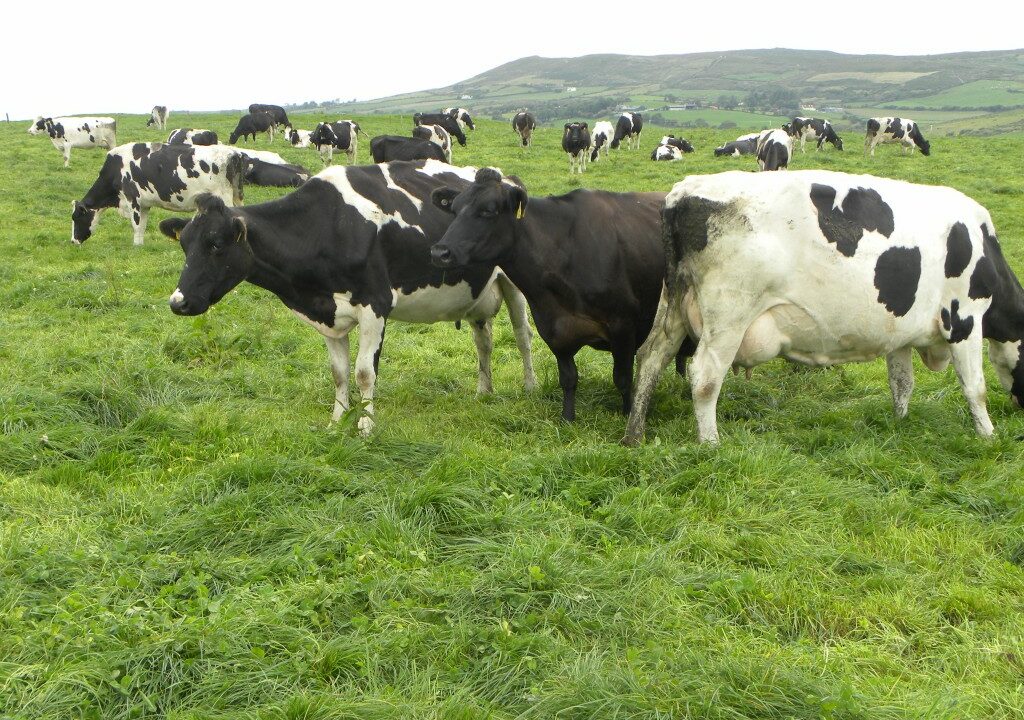The has been a massive increase in the number of cull cows coming forward for slaughter in New Zealand, figures for the New Zealand Meat Board show.
According to this body, the numbers of cows slaughtered in August have increased by 107% on the same period in 2014.
The total cow kill for the month of August increased from 26,006 head in 2014, to 53,783 in 2015.
Both of New Zealand’s islands have noted a considerable increase in cull cow numbers, it says.
Total August cow slaughterings from the North Island have increased 95% or 20,968 head, while there has been a 168% increase in cull cow numbers on the South Island, figures from the New Zealand Meat Board show.
This marked increase has resulted in the cumulative cow kill also increasing, for the first eight months of 2015 there has been a 21% increase in total cow numbers.
Some industry observers in New Zealand have cited the poor milk price as a contributing factor for this rapid increase in cow slaughterings.
The strengthening New Zealand beef price could also have contributed, at present the cow beef price is $4.50/kg (€2.54/kg) which has risen from $3.00/kg (€1.70/kg) in September 2014.
New Zealand milk production could fall further than expected
Fonterra has maintained its milk volume forecast for the 2015-16 season in the range of 2-3% lower than the amount collected last season but has hinted that it could fall further.
Under the Dairy Industry Restructuring Act, Fonterra is required to update its current season forecast milk volumes by early September.
Miles Hurrell, Group Director Co-operative Affairs, said although Fonterra had forecast a 2-3% decline in volumes there was evidence that farmers were pulling back on production.
This, Hurrell said, could lead to a further downward revision of forecast volumes as New Zealand moves through the season.
“Farmers are responding to the lower forecast farmgate milk price by returning to more traditional farming practices.
“They are reducing the use of feed supplements, and lowering stocking rates per hectare as they concentrate on utilising pasture.


